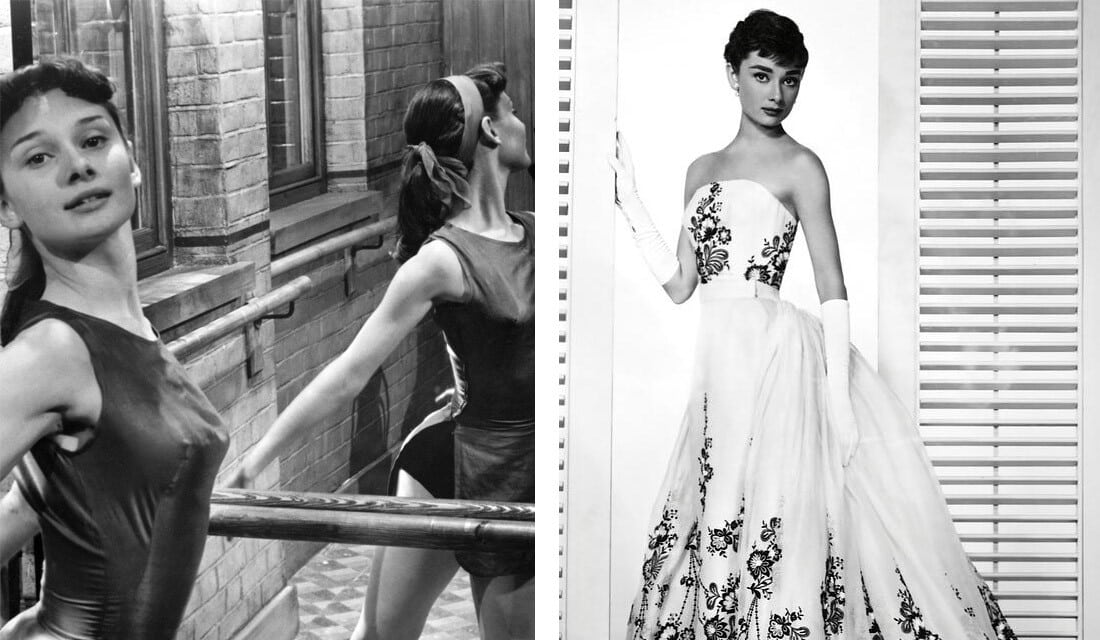Movie star Audrey Hepburn (1929 – 1993) turned heads on screen and in real life with her radiant beauty, grace, and style. She managed to mix an air of sophistication with innocent charm in a combination that endeared her to millions around the world. When not acting, Hepburn was known for her tireless efforts on behalf of children in need. It was a drive rooted in her own experience as a child in World War II when she endured Nazi occupation and risked her life to help the Dutch Resistance. Below are thirty things about her and other stars in real-life war.

30. Before She Became an International Star, Audrey Hepburn Helped the Dutch Resistance in WWII
British movie star Audrey Hepburn was an icon of both fashion and Hollywood’s Golden Age. She was inducted into the International Best Dressed List Hall of Fame and was ranked by the American Film Institute as one of the greatest female screen legends of classical Hollywood. Her rise to international stardom began in 1953 when she appeared alongside Gregory Peck in the romantic comedy Roman Holiday, and became the first actress to win an Oscar, a Golden Globe, and a BAFTA for a single performance.

Less known about her is that before she rose to fame and fortune, a teenaged – nay, child – Audrey Hepburn had helped the Dutch Resistance in WWII. She was born Audrey Kathleen Ruston in 1929 in Brussels, to a British father and a Dutch aristocratic mother. Her parents eventually divorced, and in 1939, ten-year-old Audrey, her siblings, and her mother moved to Arnhem, in the Netherlands. When the Germans invaded and conquered that country in 1940, Audrey found herself under Nazi occupation. As seen below, despite her tender years, she decided to do something about that.

